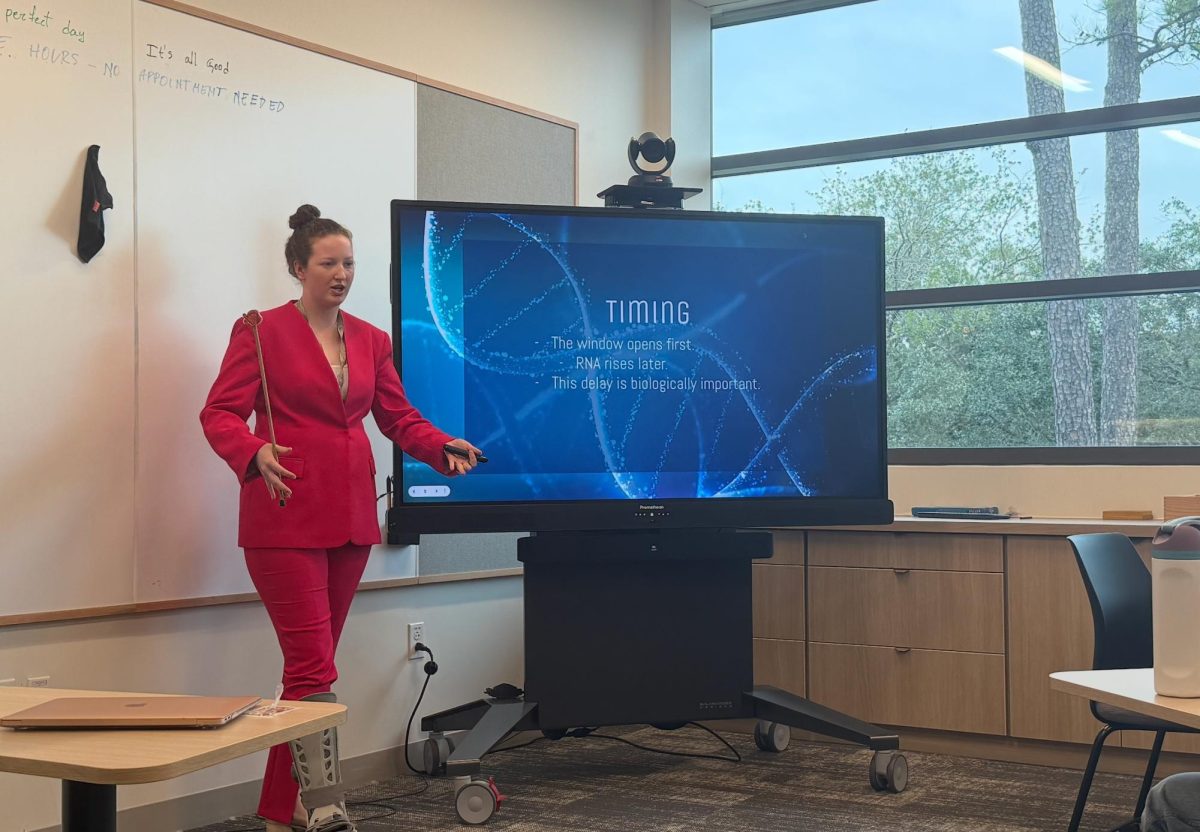With his hands clasped together on top of his laptop, Dr. Ed Harris, the Economics and AP Government teacher, is ready to tackle the question that has been traveling around the country: What is Bitcoin?
Bitcoin is a decentralized peer-to-peer cryptocurrency that’s based on “the white paper,” an informative report that details the goals of Bitcoin.
Bitcoin.org says that the website “was originally registered and owned by Bitcoin’s first two developers, Satoshi Nakamoto and Martti Malmi. When Nakamoto left the project, he gave ownership of the domain to additional people, separate from the Bitcoin developers, to spread responsibility and prevent any one person or group from easily gaining control over the Bitcoin project.” Across other websites, Satoshi Nakamoto has been revealed to be a pseudonym for the person or group who created the viral cryptocurrency and hasn’t been heard of since founding Bitcoin in 2008.
With the recent media coverage of the volatility of Bitcoin, it’s almost impossible for anyone to get one whole bitcoin without spending thousands of dollars. There are two ways to get Bitcoins: mining and purchasing.
In a general sense, cryptocurrencies are based on blockchains, a type of virtual book of records, which record every transaction made on the network and are available to all users and the general public. Like a currency, it can only travel from one person to the other and can’t be replicated and means that no one can spend a coin twice. Mining is the process of using computing power to create Bitcoins and process transactions; this secures the network. Bitcoin designed it to be fully decentralized with miners operating in all countries, and no individual having control over the network. Miners are currently compensated with 12.5 bitcoins for each transaction.
To get started, you can set up an account on the Bitcoin website and link it directly to a paypal or bank account, and purchase Bitcoins with a credit card. In a nutshell, it’s virtual money that costs a lot to earn and is difficult to understand. As one Forbes article described it: “Bitcoin prices swing back and forth in a way that makes an Alpine landscape look flat.” Dr. Harris said that people who do not trust the stability of the material currency turn to Bitcoin and are starting to consider that “it has become more like gold and silver and other precious metals as an investment tool rather than a currency.”
In mid-December of 2017, Bitcoin hit its peak when one bitcoin was worth $19,140.70. In January of 2018, it was revealed that 80 percent of the Bitcoins had been mined, leaving 4.2 million Bitcoins left to mine until the supply cap is reached.
Bitcoin says that “[their] protocol is also hard-limited to 21 million bitcoins,” so no one can come along and create counterfeit Bitcoins. The limited supply creates demand, and once the supply cap is reached, it will be harder to obtain bitcoins, therefore making each one more valuable. Joshua Ben-Shoshan (11), who currently invests in the cryptocurrency, said, “I’m personally waiting for Bitcoin to hit its market cap because I want to see what’s going to happen.”
When Bitcoin had just come out, they were worth pennies, so they were treated like pennies. There are many stories about people who had forgotten about their bitcoins and threw away their computers that had their Bitcoins on the hard drives only to later realize the worth of the Bitcoins and try to hunt down their circa-2009 computers in attics and landfills in search of the bitcoins that would in turn be worth thousands of dollars.
One of the problems about Bitcoin is that it isn’t regulated, meaning that there is no oversight or monitoring of any accounts. For example, a woman in Long island was charged for laundering money for ISIS through the means of Bitcoin and other cryptocurrencies. People have lost accounts due the fact that there is no customer service or password recovery system options other than trying to break the complicated password multiple times. At times, accounts have been hacked in order to transfer Bitcoins to their account and amass their wealth. Some have even tried to blackmail others.
CG Marinelli’s (11) mother received a letter in her mail. It’s ridiculous message in short: “I have been investigating you in my spare time and know you have a secret that you are hiding from your wife, pay me $8,200 in Bitcoins to this receiving bitcoin address and I won’t release the evidence to the public.” The three page letter ends with detailed instructions on how to send Bitcoins to the address, showing the exploitation of the obscurity of Bitcoin.
The concepts of Bitcoin aren’t very basic, but with enough exposure and explanation of the process, the public can develop their own opinions and decide if it will benefit or hurt the future of the economic system. As the world moves closer to a paperless reality, Bitcoin seems to be a staying factor in the prospective of a new virtual society.







